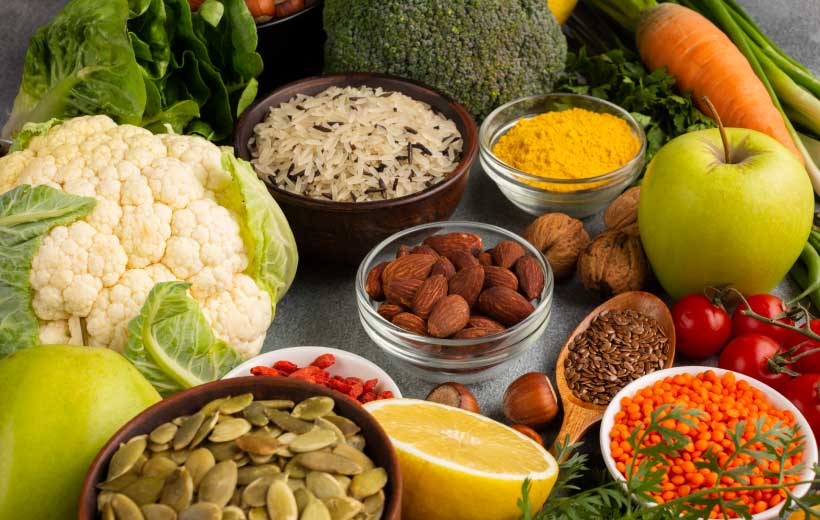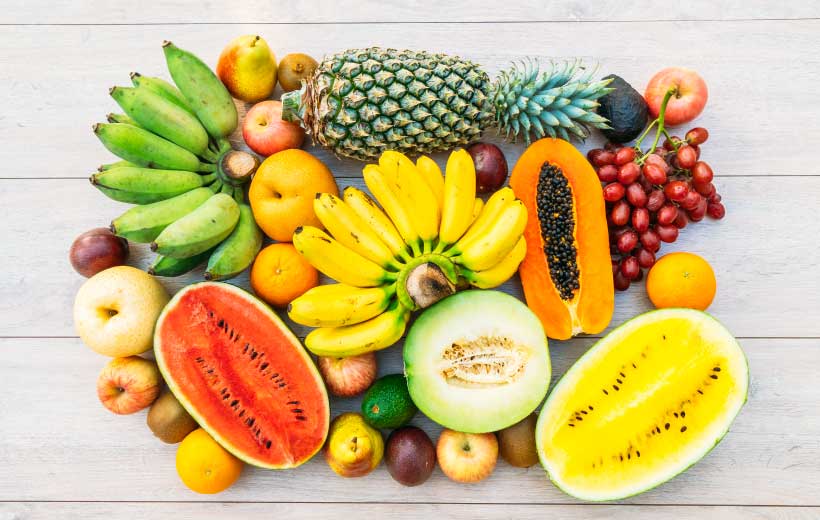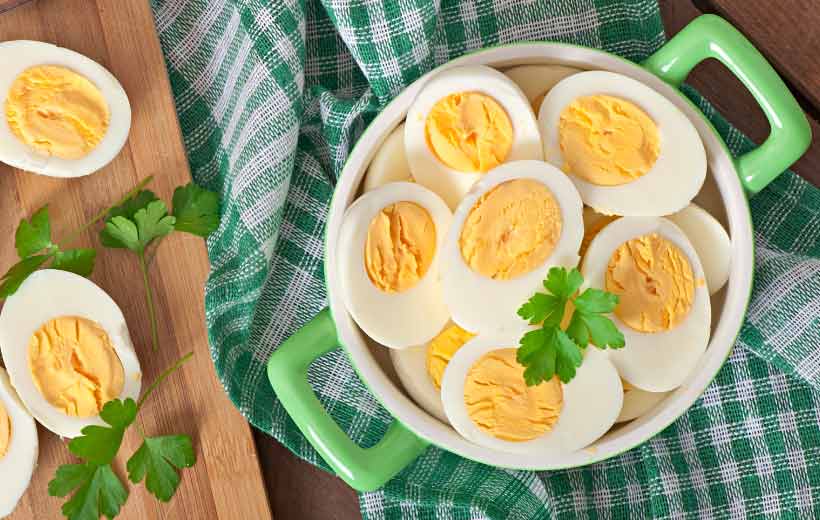During the treatment of spondylolisthesis, the doctor can base it on the severity of the disease as well as the patient’s condition to come up with an appropriate treatment regimen. However, along with the treatment process, the patient can be combined with a reasonable and scientific diet to quickly improve the condition of cervical spondylosis. So what should people with cervical spondylosis eat?
Cervical spondylosis
Cervical spondylosis occurs in many different subjects, especially the elderly. In the early stages of the disease, there are often no obvious symptoms of the disease, but later on, the symptoms become more pronounced and have negative effects on the health of the patient. Cases of cervical spondylosis often experience severe neck pain, especially when turning or tilting the neck backward. The pain of cervical spondylosis is often prolonged and accompanied by neck curvature, numbness in hands and feet, ringing in the ears, blurred vision, and dizziness.
Cervical spondylosis should eat what?
In parallel with the treatment of bone and joint diseases, including cervical spondylosis, patients can choose some foods that are good for bones to promote the effectiveness of treatment. So what to eat to treat cervical spondylosis?
- Foods rich in vitamin A are not only effective in supporting the immune system to prevent disease but also help the body quickly recover from illness. At the same time, vitamin A also plays a role in supporting the process of bone formation, absorbing protein for the body effectively. Vitamin A can be found in foods such as beef liver, veal, chicken, milk, butter, cheese, eggs, or orange fruits such as carrots, papaya, … colored vegetables. Dark green like sweet potato, spinach,…
- Foods are rich in vitamin B12. Vitamin B12 is effective in promoting the health of the bone marrow while helping the cervical spine to develop and perform its functions in the body. Patients with cervical spondylosis should supplement with foods rich in vitamin B12 to improve degenerative conditions. Those foods include liver, red meat, fish, poultry, eggs and dairy products, yogurt, cheese, etc.
- Foods rich in vitamin C. Vitamin C supplements for cases of cervical spondylosis will have a good effect and support effective treatment. In addition, vitamin C also has an important function in the process of forming collagen – an essential nutrient for tissue formation in cells. This process is important in the healing of tendons, ligaments, and discs and in making bone tissue stronger. Foods rich in vitamin C include strawberries, guava, kiwi, citrus fruits, tomatoes, spinach, and potatoes.
- Foods rich in vitamin D can help improve calcium absorption, promote bone growth, and prevent the risk of fractures, osteoporosis, and cervical spondylosis. Patients can choose foods that contain high levels of vitamin D such as fish oil, and egg yolks.
- Foods rich in magnesium can help strengthen muscles and perform their function of stretching, maintaining muscle tone, and preventing problems related to the cervical spine. Magnesium-rich foods are quite diverse and are abundant in rice, cereals, legumes, nuts, bananas, lobsters, and green vegetables.
- Foods rich in calcium are quite necessary for the health and development of bones and joints while maintaining bone health and preventing osteoporosis, fractures, and fractures. Foods with rich calcium content include dairy products, yogurt, peas, salmon, and green vegetables.
- Foods rich in iron should not be ignored for cases of cervical spondylosis. Iron is an essential nutrient for cells, helping to maintain a healthy state thanks to its function of receiving oxygen and removing carbon. Furthermore, iron aids in the production of myoglobin, which is important in promoting a healthy body and supporting the spine. Foods rich in iron include crabs, oysters, red meat, soybeans, and eggs.
- Fish containing omega 3 has anti-inflammatory properties and is very good for people with cervical spondylosis. At the same time, this compound can help inhibit the inflammatory response in the degenerative vertebrae and surrounding soft tissue. In case patients with cervical spondylosis can use fatty fish twice a week to provide this compound for the body. These types of fish include anchovies, salmon, mackerel, sardines, herring, and halibut. There are also some types of seafood rich in omega 3 such as oysters, caviar, etc. The patient can change between these foods to enrich the meal.
- Green tea contains polyphenol antioxidants that can reduce inflammation and slow down the rate of damage to cartilage and bone cells. At that time, it helps to improve the symptoms of cervical degenerative disease. Supplement this compound by drinking green tea. Or today they produce green teas in powdered form for use in cakes and beverages.
- Nuts are good for the health of the cervical vertebrae. Chia seeds are rich in omega 3, and also contain protein, magnesium, calcium, and essential vitamins, … have anti-inflammatory effects, and strengthen the body’s spine. Walnuts provide a large amount of fiber, manganese, copper, calcium, and antioxidants that help fight inflammation in people with cervical spondylosis. Moreover, using walnuts can help retain the outer membrane of the kernel. Flaxseed is rich in alpha-linolenic acid and omega 3, which are effective in fighting the self-formation of inflammatory reactions in the cervical vertebrae and at the same time reducing pain.
Foods that people with cervical spondylosis should avoid eating
Treatment of cervical spondylosis combined with a reasonable diet helps to improve the quality of life of patients with cervical spondylosis. However, there are some foods that people with cervical spondylosis should limit or not use.
- Fatty foods: Foods that are high in fat can make inflammation and degeneration worse, especially in the cervical vertebrae. Therefore, patients with cervical spondylosis should limit the daily use of this food.
- Hot spicy foods: With some hot spicy foods such as chili, ginger, and pepper… can also be the cause of degenerative cervical spondylosis. They also cause increased pain in the joints. Therefore, patients should avoid using these foods in their daily diet.
- Foods with a lot of salt, purines, and fructose such as bacon, salted pork, and canned food… do not bring benefits to the health of patients with cervical spondylosis. Therefore, regular use of these foods may increase the risk of hardening in these locations.
- Stimulants such as beer, alcohol, tobacco, and coffee, … not only adversely affect bones and joints in general and the cervical spine in particular. It also poses a significant risk to the health of the patient.
In addition to focusing on a reasonable diet along with choosing foods that are beneficial for cervical spondylosis, patients should exercise with appropriate exercises to help improve the disease faster. Patients should have regular check-ups to detect the risk and treat early cervical spondylosis.
Follow the website ongreenbeauty.com to get more health, nutrition, and beauty information to protect the health of yourself and your loved ones in your family.




